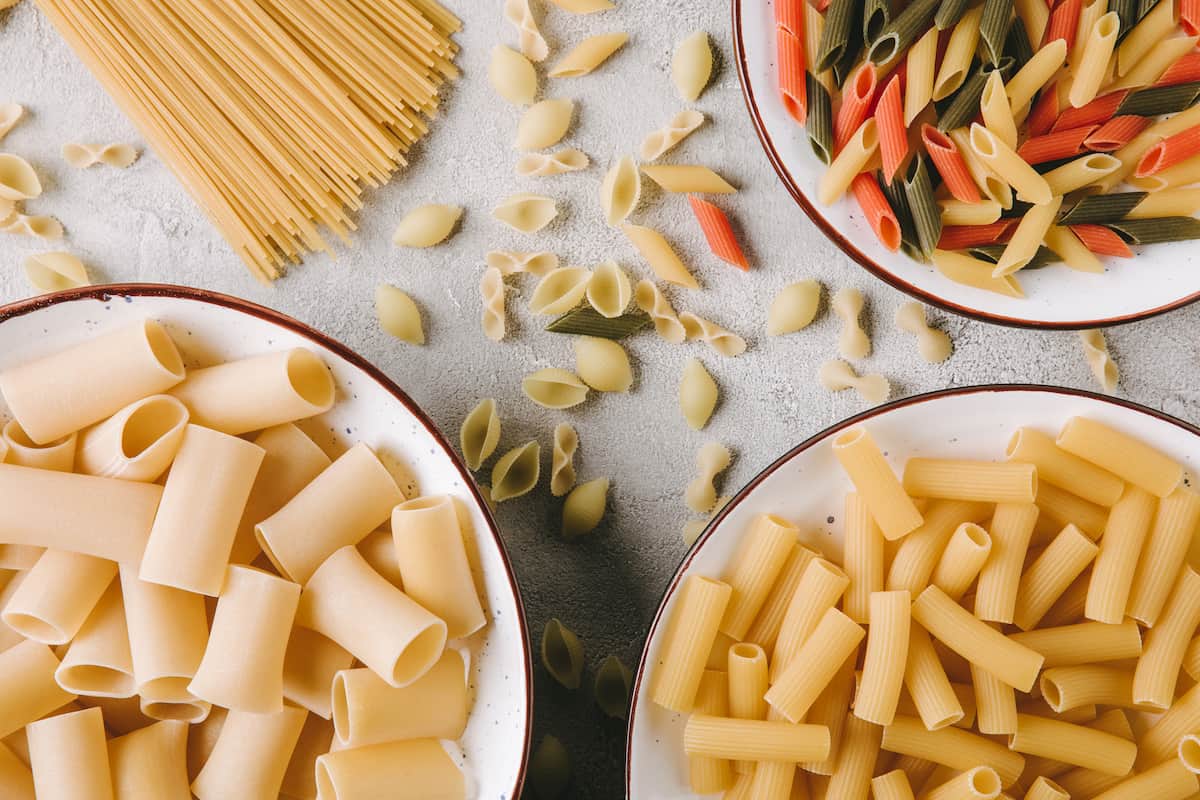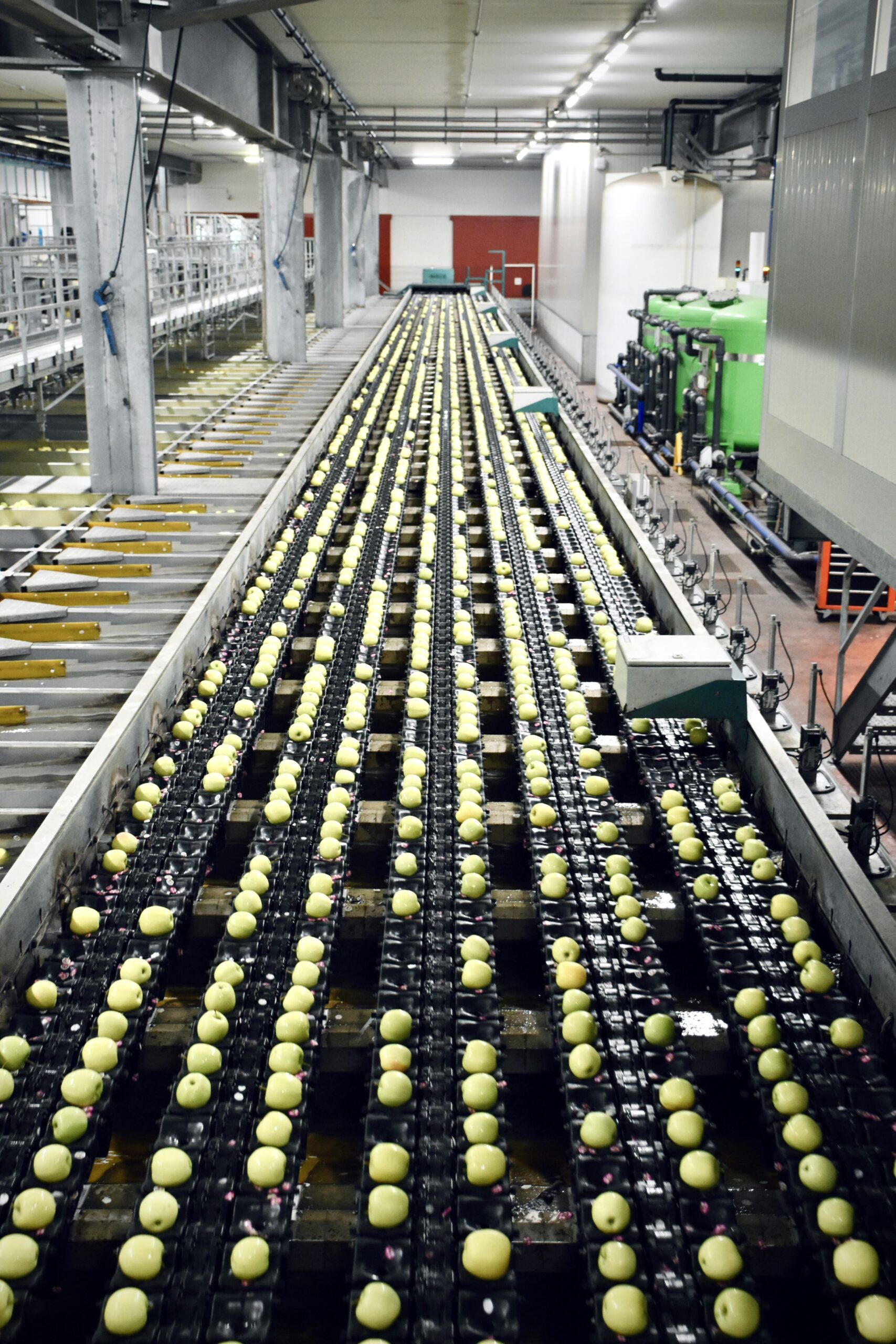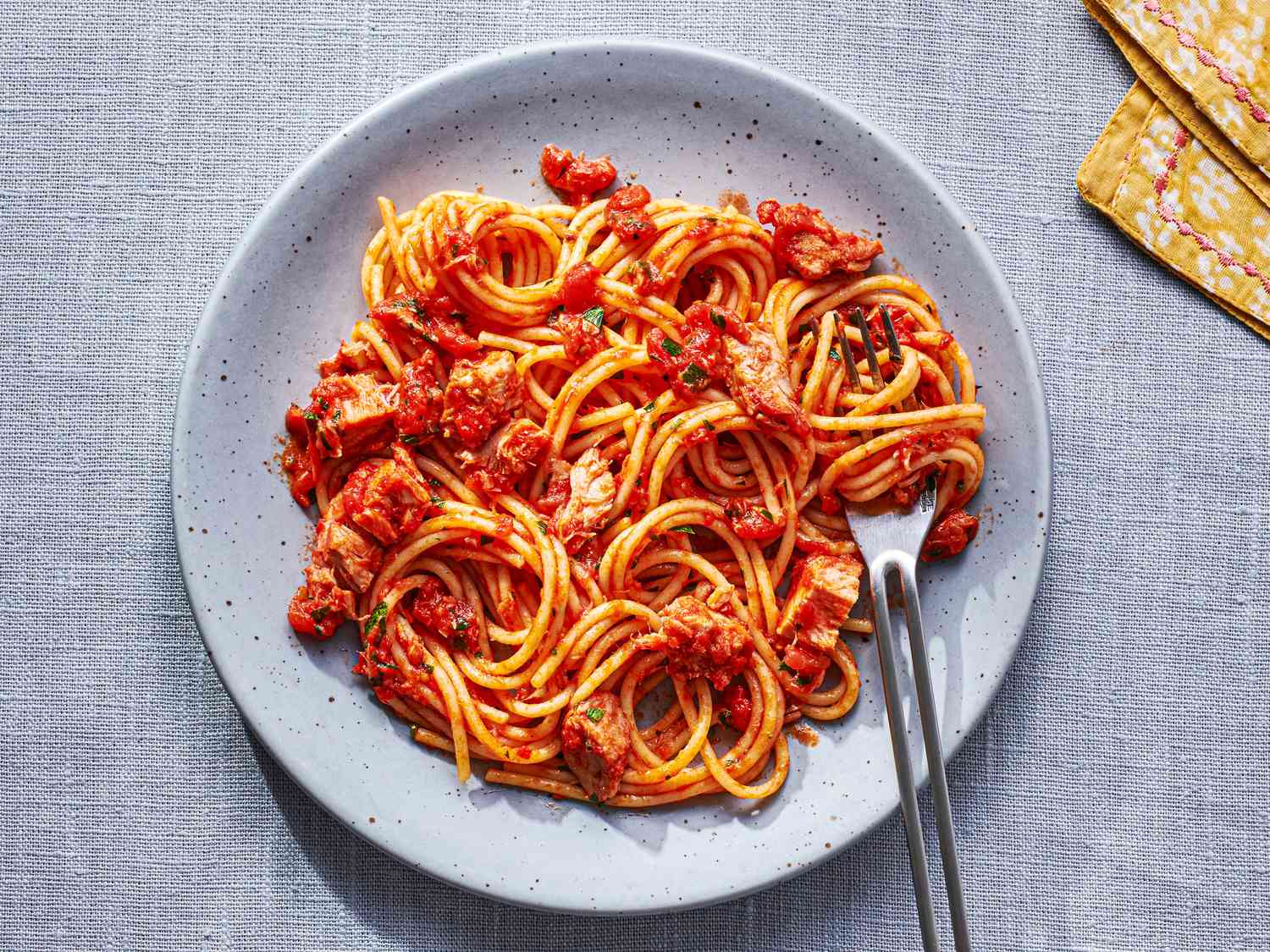Here’s a culinary puzzle for you: How can you tell when your favorite spaghetti has gone from delicious to questionable? Whether you’re a novice home cook or a pasta connoisseur, it’s critical to make sure your pasta is at its best for both flavor and safety.
However, if pasta is discolored, has mold, or smells off, it’s gone bad. Additionally, if it’s several days past its “use-by” date, it’s better to discard it.
In this article, you will see easy tips to tell if your pasta’s gone bad and guide you on keeping it fresh. So, let’s dive into the world of it, ensuring your meals are both delicious and safe.
Determining Pasta Freshness: A Comprehensive Guide
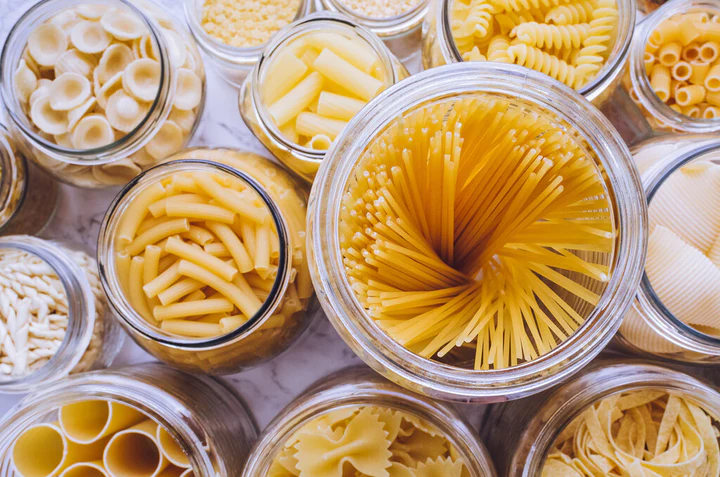
1. Visual Clues:
- Discoloration and Mold: Any instance of discoloration, mold growth, or the emergence of white spots is an unequivocal sign of spoilage. Fresh or cooked pasta displaying these blemishes should be promptly discarded. The unsightly transformation is a glaring indicator of deterioration.
- Texture: Pay heed to the texture of the pasta. If it has turned slimy or feels slippery, it may have succumbed to moisture infiltration. This can transpire if moisture permeates the noodles, especially if they aren’t stored in an airtight container.
- Brittleness: Dry pasta that has gone bad might become brittle and start to crack. If you notice cracks or crumbling, it’s a clear indication that the it is past its prime and unsuitable for consumption.
- Pantry Bugs: Be vigilant for any signs of pantry bugs on or within the packaging of dried pasta. Pests pose a significant threat to the integrity of it. To safeguard against such intrusions, consider storing it in an airtight plastic or glass container.
2. Olfactory Assessment:
- Aroma: Your sense of smell is a valuable tool. If the pasta emits a rancid or unpleasant odor, it is wise not to risk consuming it. A noxious scent often portends a distasteful culinary experience.
3. Expiration Date:
- Check the expiration date provided on the pasta packaging. While the best-by date is not a strict indicator of inedibility, it signifies the manufacturer’s estimate of when the pasta’s quality might start to degrade. If it has exceeded this date, exercise due diligence before proceeding.
4. Cooking Test:
- If you’re unable to find an expiration date or remain uncertain about the pasta’s condition, consider a simple cooking test. Boil a small portion of the pasta for approximately 10 minutes.
During the cooking process, you’ll readily discern whether it maintains its normal appearance and consistency. If it exhibits aberrant behavior during cooking, it is best to abstain from consuming it.
Fridge Storage Durations for Various Pasta Types
| Pasta Type | Fridge Storage Duration |
| Fresh Homemade Wheat Pasta | 4–5 days |
| Fresh Store-Bought Wheat Pasta | 1–3 days |
| Cooked Wheat Pasta | 3–5 days |
| Lentil-, Bean-, or Pea-Based Pasta | 3–5 days |
| Gluten-Free Pasta | 3–5 days |
| Tortellini or Other Stuffed Pasta | 3–5 days |
| Lasagna or Other Cooked Pasta with Sauce | 5 days |
Proper Pasta Storage: A Savvy Approach
Storing pasta effectively is essential to maintaining its freshness and quality. The methodology for storing different types of pasta varies, so let’s delve into the optimal storage practices:
Dry Pasta:
Dry pasta the pantry staple thrives in a cool, dry environment. Ideally keep it in your pantry or kitchen. Once you’ve unsealed the package, you have two options: you can either retain the pasta in its original packaging or transfer it to an airtight container.
Then, the latter choice is particularly commendable as it shields the pasta from moisture, offering superior protection compared to plastic packaging.
Note: Refrigerating or freezing dry pasta is unnecessary, unlike flour, which should be stored in a cold environment.
Fresh Pasta:
Whether you’ve procured fresh pasta from a store or lovingly crafted it yourself, refrigeration is the key. Fresh pasta must be stored in the fridge to prolong its shelf life. Upon opening the package of store-bought fresh pasta or dealing with leftovers from your own culinary creations, ensure you transfer it to an airtight container for optimal preservation.
Cooked Pasta Leftovers:
Cooked pasta remnants are best preserved in the refrigerator within an airtight container, mirroring the storage approach for pasta salad or macaroni salad. However, a unique twist applies if your pasta hasn’t yet mingled with sauce: drizzle it with a touch of extra virgin olive oil. This simple step prevents unsightly clumping.
In the case of it already harmoniously united with sauce, there’s no need for additional embellishments. Your delectable leftovers will keep well in an airtight container, ready to be enjoyed at your convenience.
Safely Reheating Leftover Pasta: A Savvy Guide
For plain pasta lacking any accompanying sauce, consider this method: place it in a strainer and immerse it in a pot of boiling water for a brief interval, approximately 30–60 seconds.
Now, if your leftover pasta is generously adorned with sauce, there are alternative approaches:
- Oven Reheating: Transfer your pasta and sauce to a heat-safe dish, and introduce it to the welcoming warmth of your oven. Bake for around 20 minutes at 350°F (176°C). This leisurely approach ensures that every bite retains its flavorful essence.
- Stovetop Revival: Opt for a skillet on the stovetop as your culinary arena. Warm your pasta over medium heat, all the while stirring gently to ensure even reheating. This method brings it and sauce back to life with finesse.
- Microwave Method: Utilize a covered microwave-safe dish, place your pasta within, and navigate your microwave’s reheat settings. Continue reheating while occasionally stirring until every portion is free from chilly vestiges.
As long as your pasta has been dutifully preserved in the refrigerator at a crisp 40°F (4°C) and you’re savoring your leftovers in a punctual manner, the risk of bacterial intrusion while consuming it cold is notably low.
The Dangers of Eating Expired Pasta
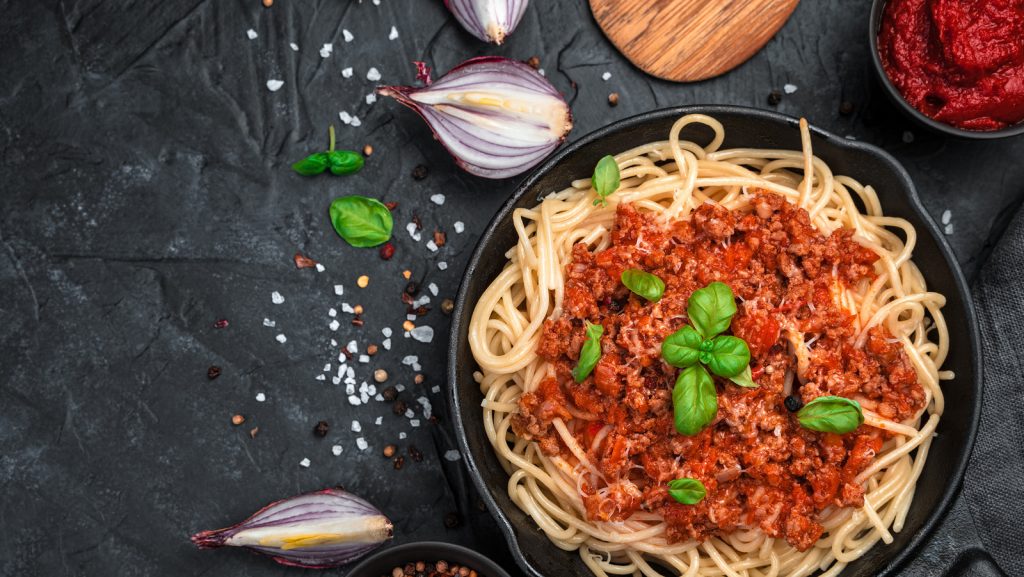
Eating expired pasta can lead to food poisoning. Symptoms include stomach discomfort, diarrhea, and vomiting. B. cereus is a common bacterium that can grow on old pasta and cause cramps, nausea, severe diarrhea, and in rare cases, vomiting or death.
In additon, If it contains ingredients like meat, eggs, or dairy, there’s a higher risk of contamination with other harmful bacteria. To stay safe, follow storage guidelines, check it before eating, and store it properly.
FAQs
What does bad pasta smell like?
Spoiled pasta often emits an unpleasant, sour, or rancid odor, indicating that it’s no longer safe for consumption.
How long can pasta sit before it goes bad?
The duration before pasta goes bad varies with the type. Dry pasta can last for about 2 years unopened in the pantry and up to 1 year once opened. Fresh pasta should be consumed within 2 days in the fridge or up to 2 months when frozen. Cooked pasta can be stored in the fridge for up to 5 days and frozen for up to 2 months.
How do you revive spoiled pasta?
Unfortunately, spoiled pasta cannot be revived. It’s best to discard it if it has gone bad to avoid health risks.
Does old pasta take longer to cook?
Yes, old pasta might require slightly longer cooking time as it can become dried out and lose moisture over time.
Does expired pasta taste different?
Yes, expired pasta may taste different, often with a change in texture and flavor, as it degrades in quality with age.
What does spoiled pasta sauce taste like?
Spoiled pasta sauce can have a sour or off taste, and it may develop an unpleasant odor. If you notice these signs, it’s best to discard the sauce.
What are the general guidelines for pasta expiration dates, and how long can you safely store different types of pasta?
For dry pasta, unopened packs are good for about two years in the pantry, and once opened, they remain good for approximately one year. Refrigeration or freezing isn’t necessary for dry pasta. Fresh pasta should be consumed within two days when refrigerated or can be stored for up to two months when frozen. Due to the presence of raw eggs, fresh pasta should not be kept in the pantry. Leftover cooked pasta can be refrigerated for up to five days and frozen for up to two months.
Is it safe to eat dry pasta uncooked?
Yes, Eating dry pasta uncooked is generally safe from a food safety perspective as bacteria are unlikely to survive in the dry noodles. However, it may be challenging to digest and could cause discomfort. Additionally, uncooked dry noodles can be tough to chew and may potentially harm tooth enamel or the digestive tract if not consumed carefully.
Is it safe to eat fresh, uncooked pasta?
No, It’s not recommended to eat fresh, uncooked pasta, as it may contain raw eggs, which can harbor harmful bacteria like E. coli and salmonella, posing a risk to your health. Cooking fresh pasta is advisable to ensure food safety.
Final Words
In conclusion, recognizing when pasta has gone bad is crucial for ensuring both your safety and the quality of your meals. Whether it’s fresh or dry pasta, visual cues like discoloration, mold, or texture changes, as well as olfactory signals, provide clear indicators of spoilage.
Additionally, paying attention to “use-by” dates and practicing proper storage is essential. By heeding these warning signs and guidelines, you can enjoy your pasta dishes with confidence, knowing they are both safe and delicious.







